Using rational cost benefit analysis, it’s hard to justify buying top-end bikes and bits. Perhaps you can’t really afford state-of-the-art stuff – of course, that might not stop you. Then, the law of diminishing returns rears its head. This means that beyond a certain point every extra bundle of notes bags you a progressively smaller benefit than the last. Finally, you do your research and discover that in many cases leading-edge bikes or components appear to suffer more foibles, fallibilities and failures than their lower-priced counterparts.
That may not always be the case, but the price you pay for the minimum weight, cutting-edge design and maximum ownership kudos has to be high enough for manufacturers to recoup their initial research and development costs, and we’ve known scenarios where the buyer of a top-end, new-to-the market product has blatantly been used as a test mule for something that hasn’t had enough pre-sales test time put into it. Warranties will cover most such cases but it all points to a scenario that’s less than ideal from both the manufacturer’s and the customer’s point of view.
There’s no doubting the beauty of most top-end bikes and components, but don’t make the mistake of assuming that they’ll be better than kit that dominates the mid-range mass market. They’ll probably be lighter, so may cut a few seconds off your ride times. But as the 2011 market becomes established our test crew are realising that most of the kit we feel inclined to wholeheartedly recommend is sensible middle-range stuff that has very little hype surrounding it.
We’re talking about the Shimano SLX groupset level of the mountain bike world rather than XTR, standard £46 CrankBrothers Candy pedals rather than £300 Ti 11 Gold ones, a £60 aluminium Easton EA70 seatpost rather than a £140 CNT Zero carbon composite one. The sensible rider chooses products that are good enough for the sort of riding they do, or aspire to.
Obviously, price rises occur as predictably as birth and eating, but those rises always seem easier to bear in the sensible middle section of the market. More importantly, relative values almost constantly see major improvements in the middle section of the market because there’s a constant trickledown of the most successful leading-edge technology into the higher turnover, mid-price ranges. And by the time that trickle-down has occurred all the potential foibles, fallibilities and failures have been ironed out. Hopefully.
Leading edge vs mid-range
It’s interesting to take a quick look at a handful of ‘compatible’ mid-range and top-end parts. These are all excellent products that have been well reviewed on their own. While we'll often comment about value for money, we try not to dictate because purchase judgments are entirely up to the individual, and we’re well aware that logic isn’t always the main driving force behind those choices.
FSA Comet 386 crankset (£119) vs FSA K Force 386 (£590)

FSA are fast-growing contenders in the drivetrain arena and their cranksets are a classic case of trying to work out whether the big-money, carbon K Force 386 is really worth nearly five times as much as the aluminium Comet 386. And to most riders it isn’t. Okay, that extra cash will save 200g or so in weight and land you a beautiful looking crankset, but we doubt whether the extra cash will make you ride any faster or score you extra durability.
Comet 386: 4.5/5 for value, 4/5 for performance
K Force 386: 2/5 for value, 4/5 for performance
Shimano SLX drivetrain (£405) vs Shimano XTR (£1,100)
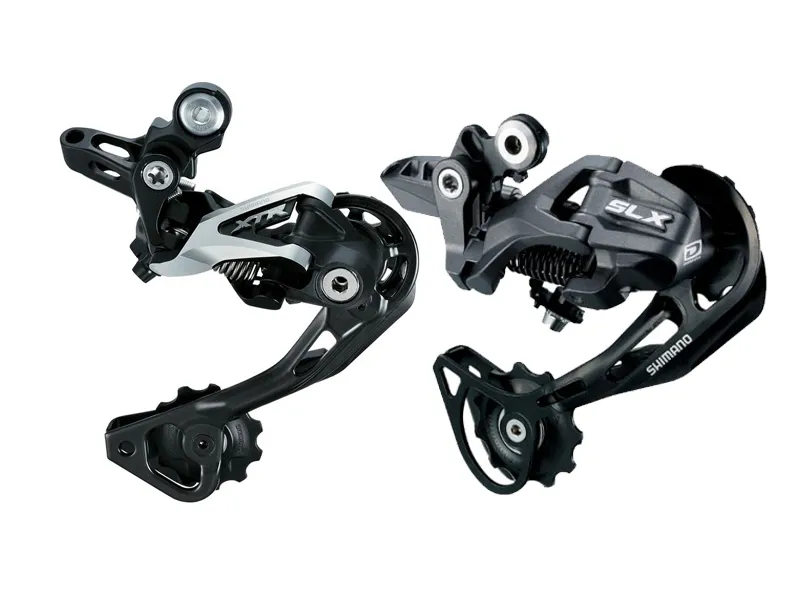
Complete drivetrains include the crankset, bottom bracket, cassette, shifters, front and rear gears, and chain. SLX does the job superbly, with slick shifting, a range of options on gear ratios that’ll suit the most demanding riders and a great record on durability. There’s no doubt that the XTR equivalent looks amazing and feels a little bit slicker in use, but is it really worth two-and-a-half times as much for just over 300g of weight saving?
SLX: 4/5 for value, 4.5/5 for performance
XTR: 3/5 for value, 5/5 for performance
Specialized Sport shoe (£70) vs Specialised S-Works (£199)
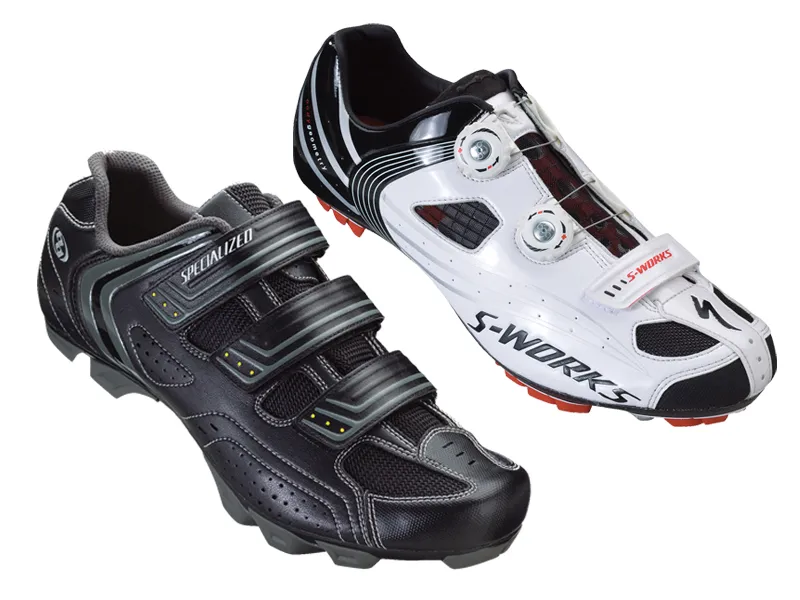
You can buy a perfectly adequate pair of mountain bike shoes for about £40. Raising your game to £70 for Specialized Sport shoes will get you a light and tough race- and trail-worthy shoe with a stiff sole, comfy Body Geometry fit and a very effective three-strap Velcro closure. For nearly three times that, the S-Works offers a Boa rotary closure system, light and very stiff carbon-based sole, and a few extra performance details that make it feel more like a road shoe on the bike but actually a bit less comfy than the Sport when off the bike.
Sport: 4/5 for value, 4/5 for performance
S-Works: 2/5 for value, 4/5 for performance
RockShox Reba RLT fork (£500) vs RockShox SID XX World Cup (£1,100)
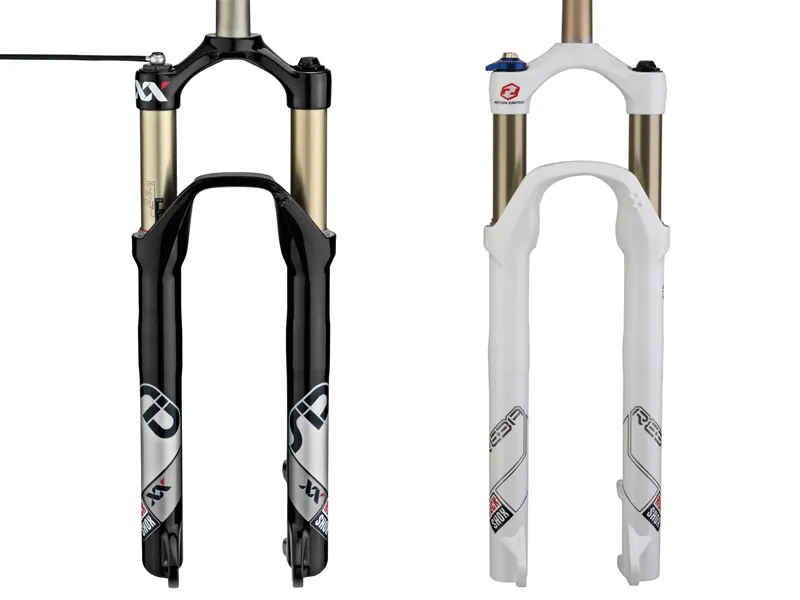
There’s a massive variation in price and specification details between different level RockShox forks being sold online, but one fact remains similar: you’ll nearly always pay about twice as much for a SID XX World Cup as you will for a Reba fork that offers a remarkably similar ride quality. You'll get a weight advantage with the XX (approx 1,350g) versus an RLT Reba (approx 1,700g) but we'd challenge anyone who insists that the SID will enable them to ride a given cross-country circuit noticeably faster.
Reba RLT: 3.5/5 for value, 4.5/5 for performance
SID XX World Cup: 2/5 for value, 4.5/5 for performance
SRAM X7 cassette (£60) vs SRAM XX (£320)
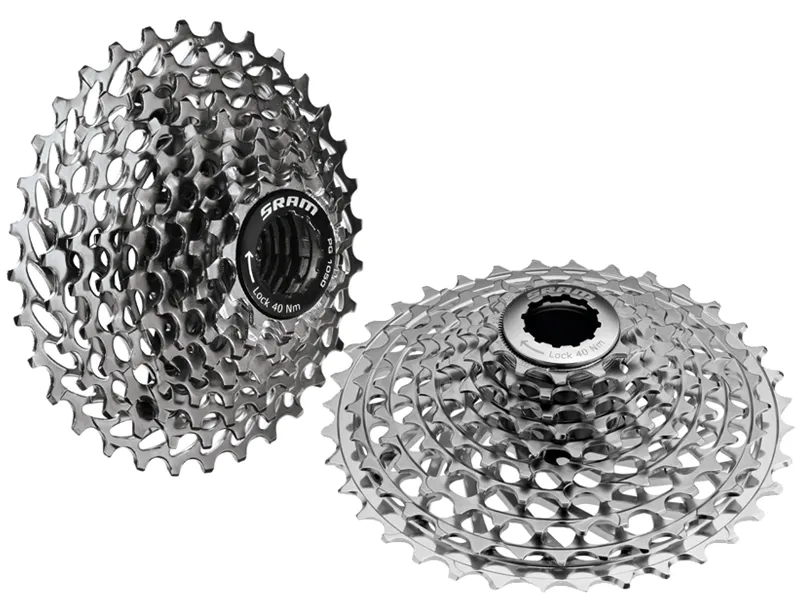
SRAM’s cassettes are probably the most extreme example of the differences between durable, utilitarian, middle-range kit and state-of-the-art top-end parts. There’s no doubting that the 185g (11-32) XX single-piece machined cassette body is a work of art, but at over five times as much as the very adequate X7 version you only save about 130g. Miss out the couple of digestive biscuits with your pre-ride coffee to get the same effect, but without a thing of machined wonder to admire
X7: 4/5 for value, 4/5 for performance
XX: 1.5/5 for value, 4.5/5 for performance
Opinion: What our testers say
Mike Davis, on recent price rises: “At the bottom end you pay more for acceptable performance, and the top end’s gone mental. On the other hand, the current mid-range stuff works so well that the inaccessibility of high-end gear doesn’t matter. The bike of my own that I ride most is a cheap steel hardtail with SLX and a coil RockShox Pike on it. It does the job and it isn’t the end of the world if something breaks or wears out. XX and XTR are fantastic, but so expensive as to be almost irrelevant. Now that 10-speed has come down to the mid-range, I’m less paranoid about wearing out an XX cassette – I’ll just stick an X7 or SLX one on. I have no shame!”
Seb Rogers, bike tester & photographer: “After years of improvements in materials, manufacturing and technology at what have essentially been static prices, manufacturers now struggle to maintain features and quality at specific price points. It’s a reflection of how exchange rates have changed. The perception is that buyers aren’t getting any discernible improvements in their kit at a particular price. More accurately, we’ve probably been paying artificially low prices for much of the last decade, and prices we’re paying now are a more accurate reflection of the cost of getting it into the stores.
Guy Kesteven, bike test editor: “There’s a world of pricey stuff I can’t see the point of. £40 tyres, extra-adjustable brakes that are far more prone to failing, carbon cranks that snap, rub into ruin in a single ride and are no lighter than more durable alloy equivalents. £250 shoes? What the…? However, basic forks, brakes and tyres are better than they were, lights are resetting the standards every year and a Gore Phantom II jacket with a base layer and semi-waterproof shorts replace a wardrobe of kit that never really worked.”
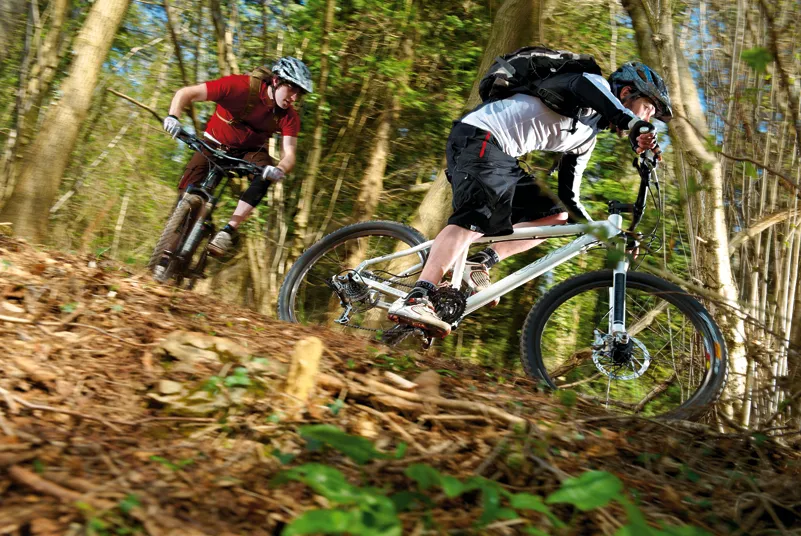
You can have just as much fun on a £500 bike as a £5,000 one
When is a bike 'good enough'?
Everyone has their ‘good enough’ level, and it’s not always dictated by ‘better’ or ‘worse’ in quality or status. Convenience and ease of use are far more important factors to many individuals. Some of us are lucky enough to have a bike for every whim and mood, but even then it’s rare to find the best of everything in such an enthusiast’s collection. A common theme among our core test team is that personally-bought bikes and parts are mainly from the middle price bracket.
Conversations among our test team and various occasional helpers reveal that most of us are more than happy to put up with a bit more weight for the sake of reliability and durability, and none of us seems to be concerned about status... at least, not beyond a certain point. The hard bit is trying to work out what that ‘certain point’ is.
Price rises on mid-range cross-country/trail full-suspension bikes might be inevitable with exchange rates fluctuating and other costs rising, but they’ve pushed real top quality rides beyond the reach of many riders. To quote our northern test team dynamo, Guy Kesteven: “Just done a straw pole of the Thursday night ride boys and all bar one say they’ll get a 29er hardtail as their next bike over a 26in full-suss.”
Could it be that we’re about to witness a shift back to quality hardtails, simply because the price of good quality full-suspension bikes has risen so much? Or, to quote a long-time test team stalwart: “My £1,200 29er hardtail is lighter, more reliable than and just as comfy as any £1,200 full-sussser.”
